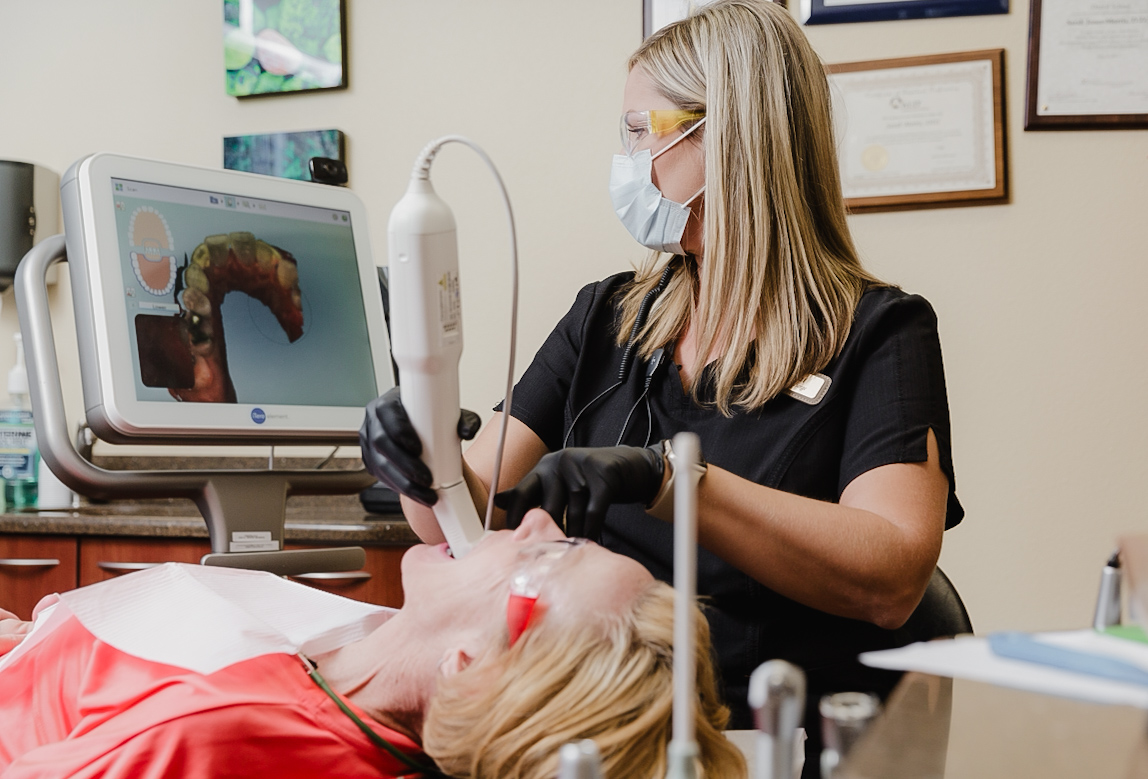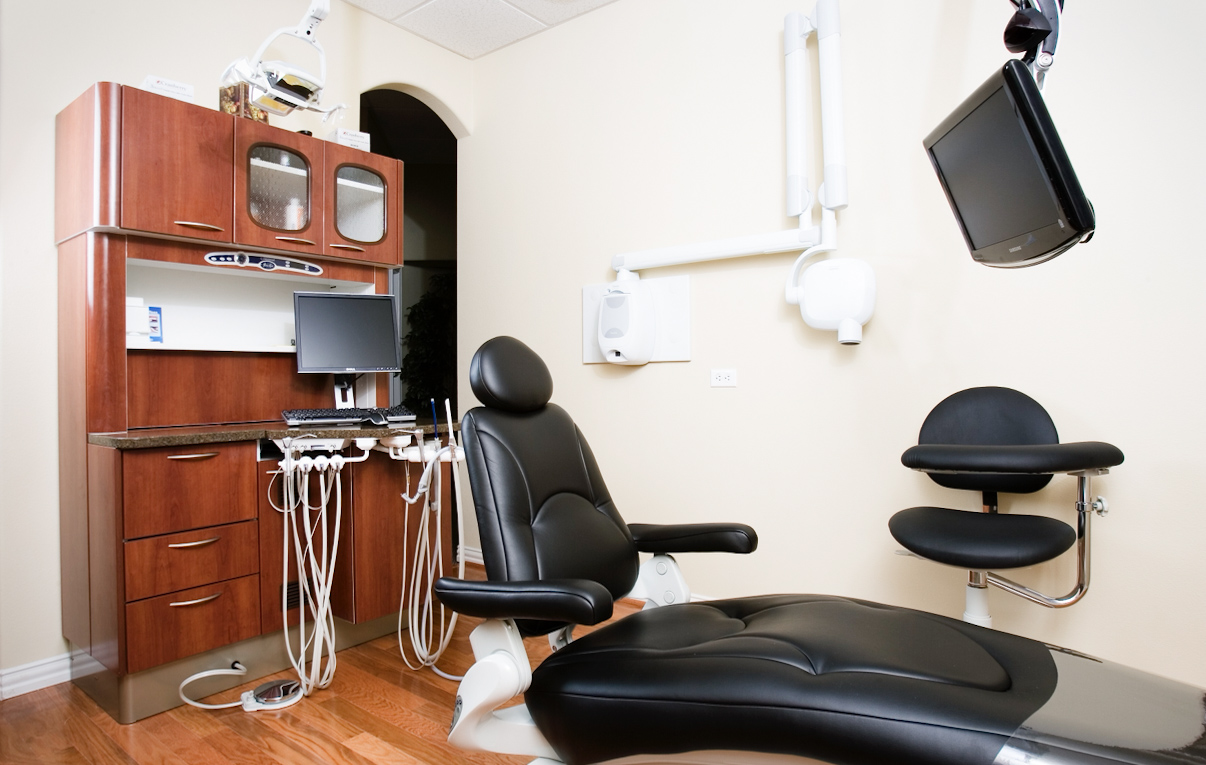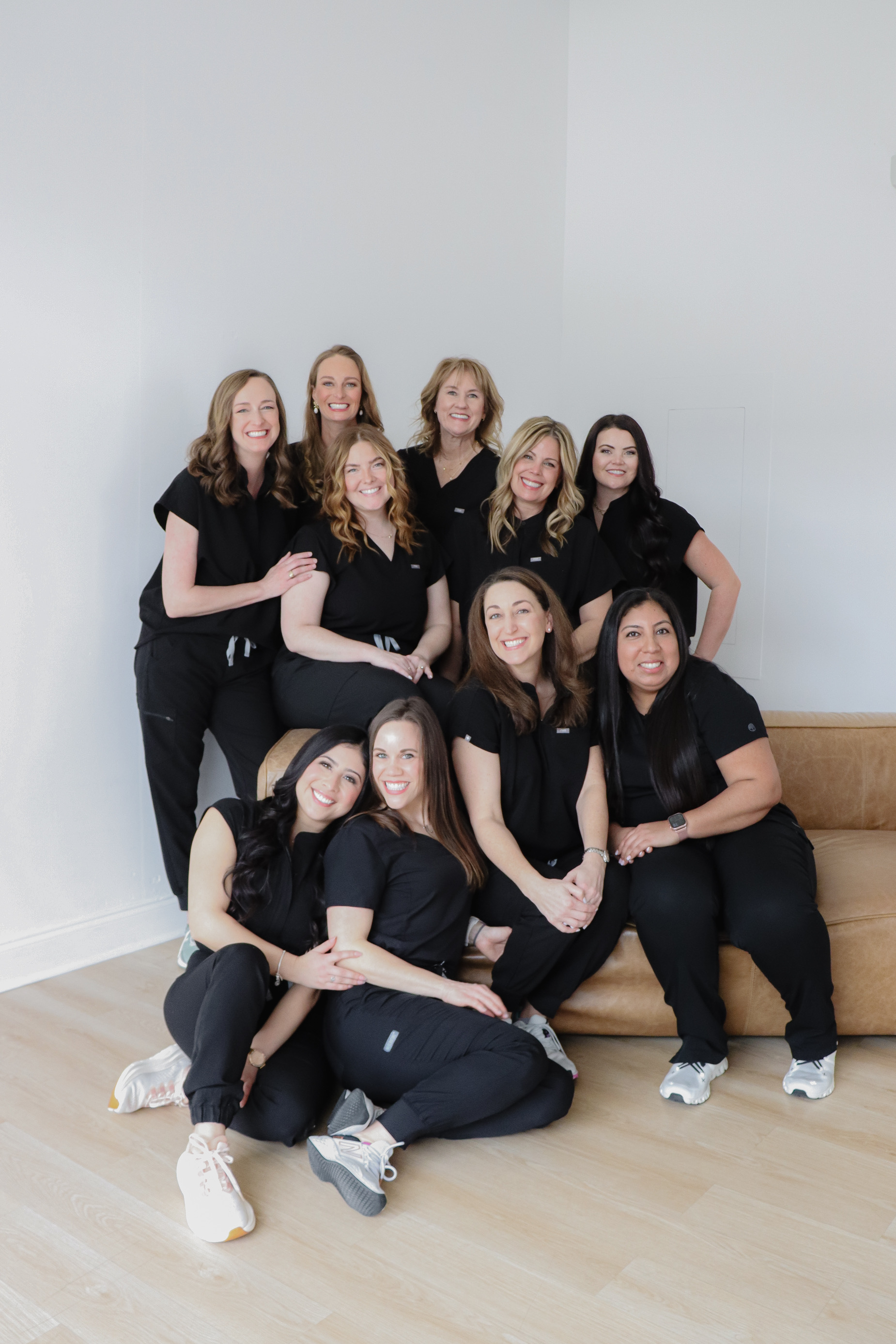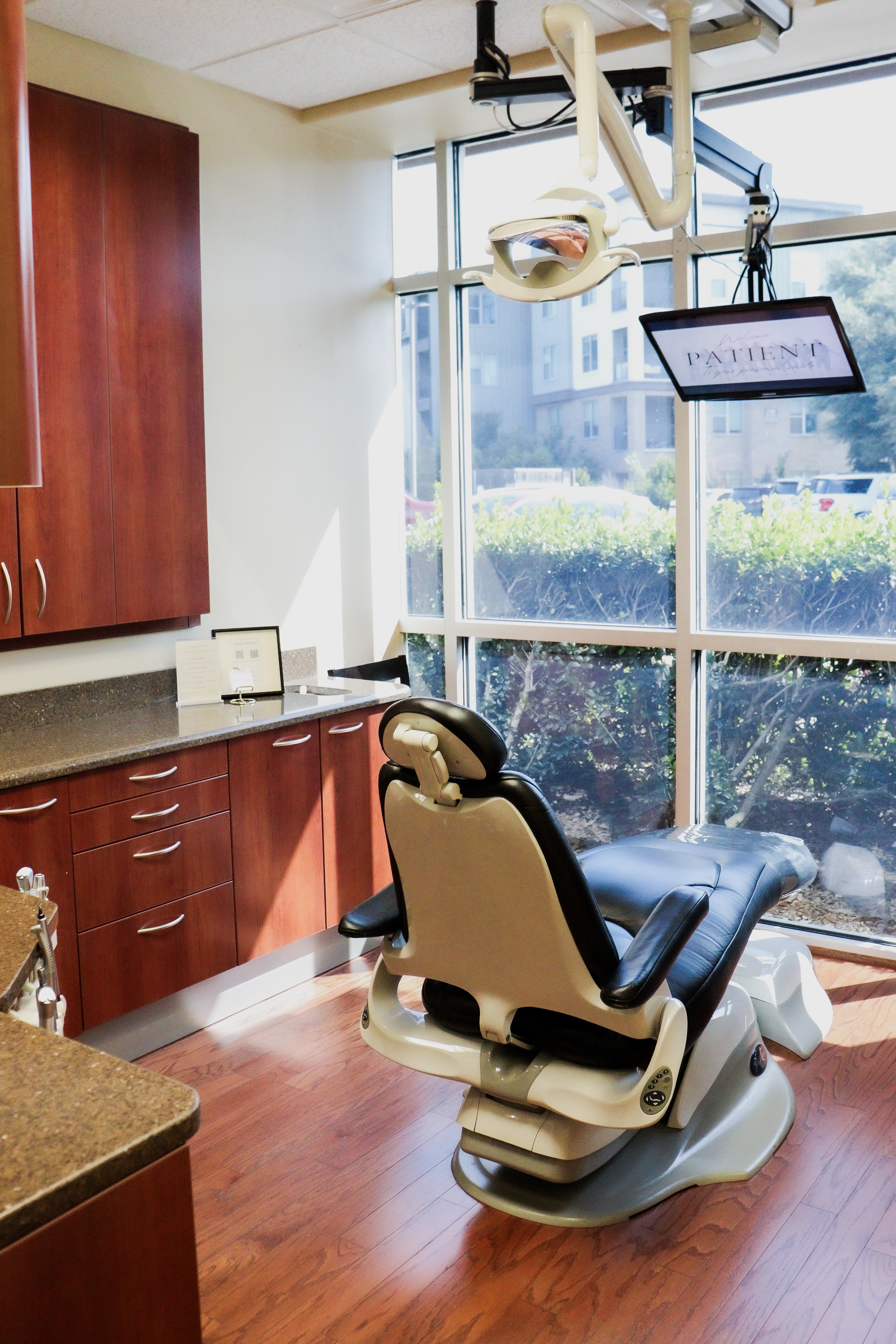Intentional values ◉ Genuine compassion ◉ Modern care ◉
I Need a Checkup & Cleaning


"I want a healthy smile and fresh confidence. At Laura Loftin Dentistry, my preventive visit includes a gentle cleaning, thorough exam, and guidance to keep my teeth in great shape year-round."
I Have a Damaged Tooth
_JPG.jpg)

"I want my smile restored without discomfort. Whether it’s a crown, implant, bridge, Laura Loftin Dentistry repairs damage with care, comfort, and beauty so I can eat, speak, and smile confidently again."
I Want to Enhance My Smile


"I’m ready to love my smile again. With veneers, whitening, or Invisalign®, Laura Loftin Dentistry designs a natural, radiant look that reflects who I am—blending artistry, precision, and lasting dental health."
I’m Experiencing Jaw Pain


"I need relief from TMJ pain and tension. At Laura Loftin Dentistry, targeted treatments and therapeutic injections help ease discomfort, improve jaw movement, and restore daily comfort"
How We Can Brighten, Restore & Protect Your Smile
From checkups to smile makeovers, we provide personalized care to keep your teeth healthy, your smile radiant, and your confidence soaring.
Why Your Smile Deserves the Loftin Touch
Experience serene, personalized dentistry that transforms fear into comfort, prioritizing your health, confidence, and long-term happiness over insurance limitations or cookie-cutter care.

Dentistry Designed Around You
Every detail of your visit is designed to put you at ease, deliver exceptional results, and give you a smile worth celebrating.

Care That Calms, Results That Last

Personalized Plans, Not One-Size Dentistry

Expertise You Can Feel in Every Visit
Amy G.
Fort Worth, Texas
The best experience. The people were extremely nice, the teeth cleaning was as painless as can be, Dr. Loftin was kind, helpful, and timely. I had my toddler, which I hate doing, but everyone was so tolerant and understanding. They made us both feel comfortable and it was a great first impression for my daughter. So grateful for the whole team!
Jasmine L.
Fort Worth, Texas
Fantastic staff from front desk, to chair. Wonderful attention to patient comfort and makes sure you’re at ease before starting any procedure. 10/10. Highly recommend.
Jeremy S.
Fort Worth, Texas
Very good for people that have anxiety of going to the dentist
Sarah S.
Fort Worth, Texas
I’m so grateful for the extra care provided by the sweet staff at Laura Loftin’s office; a weighted blanket, soft music, serene imagery on the TV… I didn’t want to leave! My teeth and gums feel great! Thank you, Kayla, Laura Clanton and Laura Loftin! Looking forward to my next visit… and ordering a weighted blanket for myself…
Sara H.
Fort Worth, Texas
I HIGHLY recommend Dr. Laura Loftin! I love her and her staff so much that my husband, Erik, now goes here. I also recommend her to all of my friends. I used to have dental anxiety, but I actually look forward to going to the dentist now. Dr. Loftin and her staff are SO friendly, welcoming, and gentle. I feel like they listen to me, know me as a person, and care about me. If you need a dentist in the Fort Worth area, don’t look any further. Go here! I promise you’ll love this place as much as I do! :)
_JPG.jpg)
Patient Love
Our Comfort Menu
We aim to create a serene environment where your experience comes first, with personalized care and a thoughtfully curated comfort menu designed to make every visit calm and comfortable.
Plush Blanket
Masssage Chair
Neck Pillow
Weighted Blanket
Chilled Eye Masks
Netflix & More
Our Comfort Menu
We aim to create a serene environment where your experience comes first, with personalized care and a thoughtfully curated comfort menu designed to make every visit calm and comfortable.
Plush Blanket
Masssage Chair
Neck Pillow
Weighted Blanket
Chilled Eye Masks
Netflix & More
Our Comfort Menu
We aim to create a serene environment where your experience comes first, with personalized care and a thoughtfully curated comfort menu designed to make every visit calm and comfortable.



.png)

